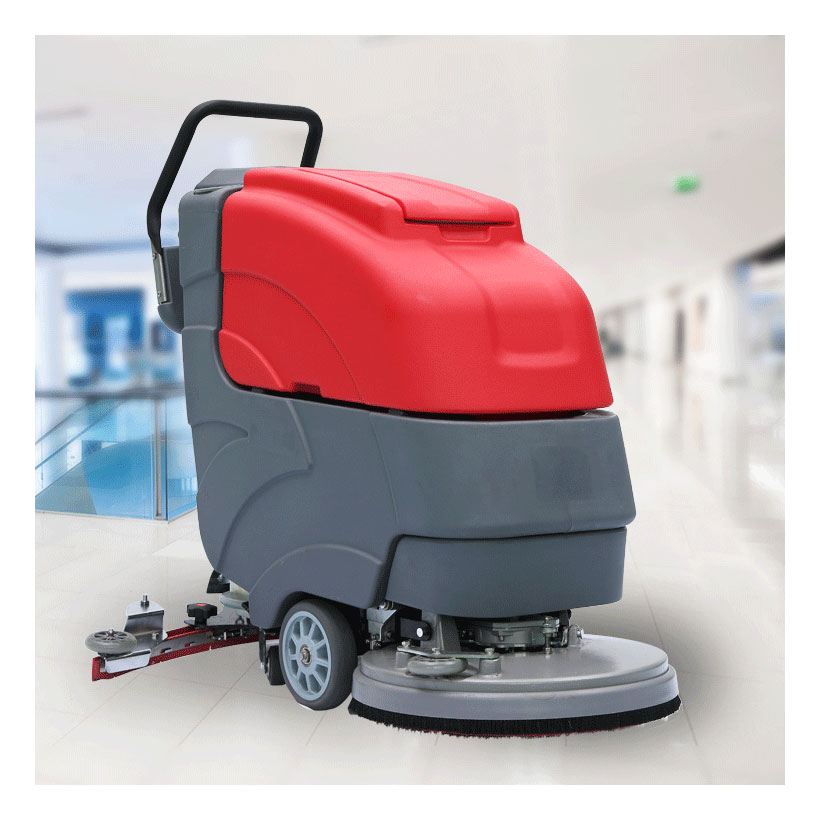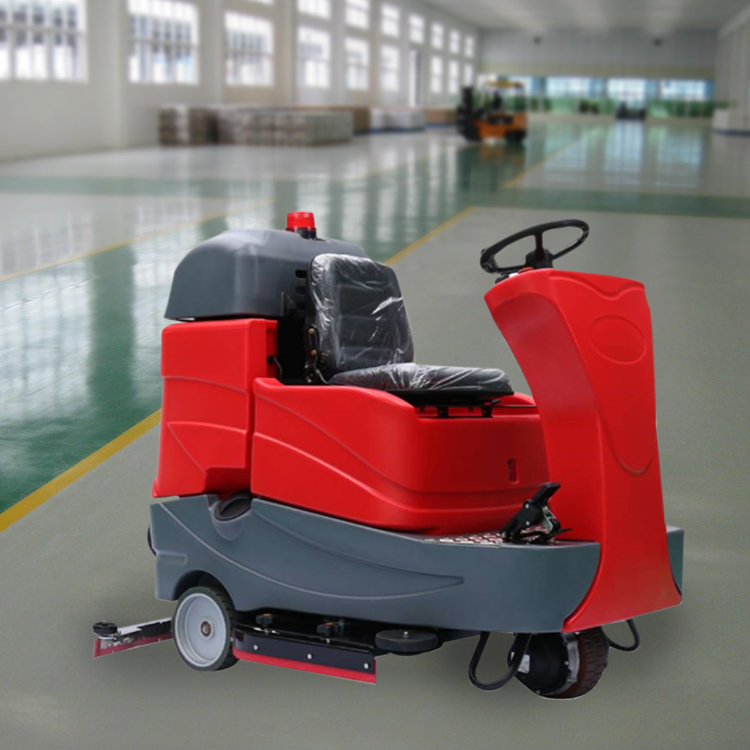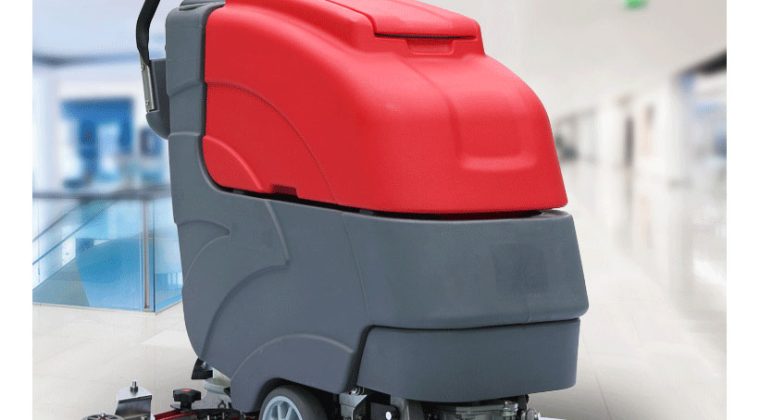
Let me start by saying—concrete work isn’t glamorous. Last week, I spent three hours hunched over my edge grinder, covered in dust, wondering why I didn’t become a pastry chef instead. But hey, when you finally get that smooth, polished edge on a concrete slab? Pure satisfaction. If you’re here, you probably know the struggle. Maybe you’re prepping for a patio project or fixing up a cracked driveway. Whatever it is, let’s talk about making your edge grinder concrete work *actually* work for you.
First things first: safety. I know, I know—boring. But trust me, wearing gloves and goggles isn’t optional. Last summer, my buddy skipped the gloves and ended up with a nasty burn from a overheated grinder. Oh, and ear protection! These tools are louder than a toddler’s meltdown in a grocery store. Once you’re geared up, let’s tackle the basics.
Edge grinders for concrete aren’t one-size-fits-all. Diamond grinding wheels are your best bet for precision, especially if you’re dealing with uneven edges or stubborn cracks. Pro tip: Start with a coarse grit (like 30-40) to remove major imperfections, then switch to a finer grit (100+) for that smooth finish. And here’s where most folks mess up—they press too hard. Let the tool do the work. Glide it gently along the edge, keeping the grinder flat. If you hear screeching or see sparks, you’re either angling it wrong or using a dull wheel.
Now, hydration matters—and no, I don’t mean your water intake. Concrete dust is brutal. Use a spray bottle to lightly mist the area while grinding. It keeps dust down and prevents the wheel from clogging. Bonus: Your lungs (and anyone nearby) will thank you.
Here’s a hack I picked up from a contractor: Mark problem areas with chalk before starting. It helps you focus on high spots without over-grinding the entire edge. And if you’re working on vertical edges? Tape a piece of cardboard to the wall below to protect it from stray scratches. Genius, right?

Oh, and about that “deliberate typo” you’re probably scanning for—let’s call it a easter egg. Did you catch it earlier? (Hint: Re-read the safety section.)
Back to grinders. Ever tried using a variable-speed model? Game-changer. Lower speeds give you more control for detailed edges, while higher speeds power through thick slabs. Just don’t forget to check the tool’s weight. Heavy grinders reduce vibration but can tire your arms faster. My advice? Take breaks. Your wrists aren’t made of steel.

Random thought: Why do hardware stores never have snacks? Imagine grinding concrete with a bag of chips nearby. Perfection.
Finally, maintenance. Clean your edge grinder concrete tool after every use. Wipe down the guard, blow out dust from the motor vents, and store it somewhere dry. Rusty tools are about as useful as a screen door on a submarine.
Whether you’re a DIY newbie or a seasoned pro, remember—concrete doesn’t forgive. But with patience and the right edge grinder techniques, you’ll turn rough edges into masterpieces. Or at least something that doesn’t look like a toddler attacked it with a hammer. Happy grinding!

